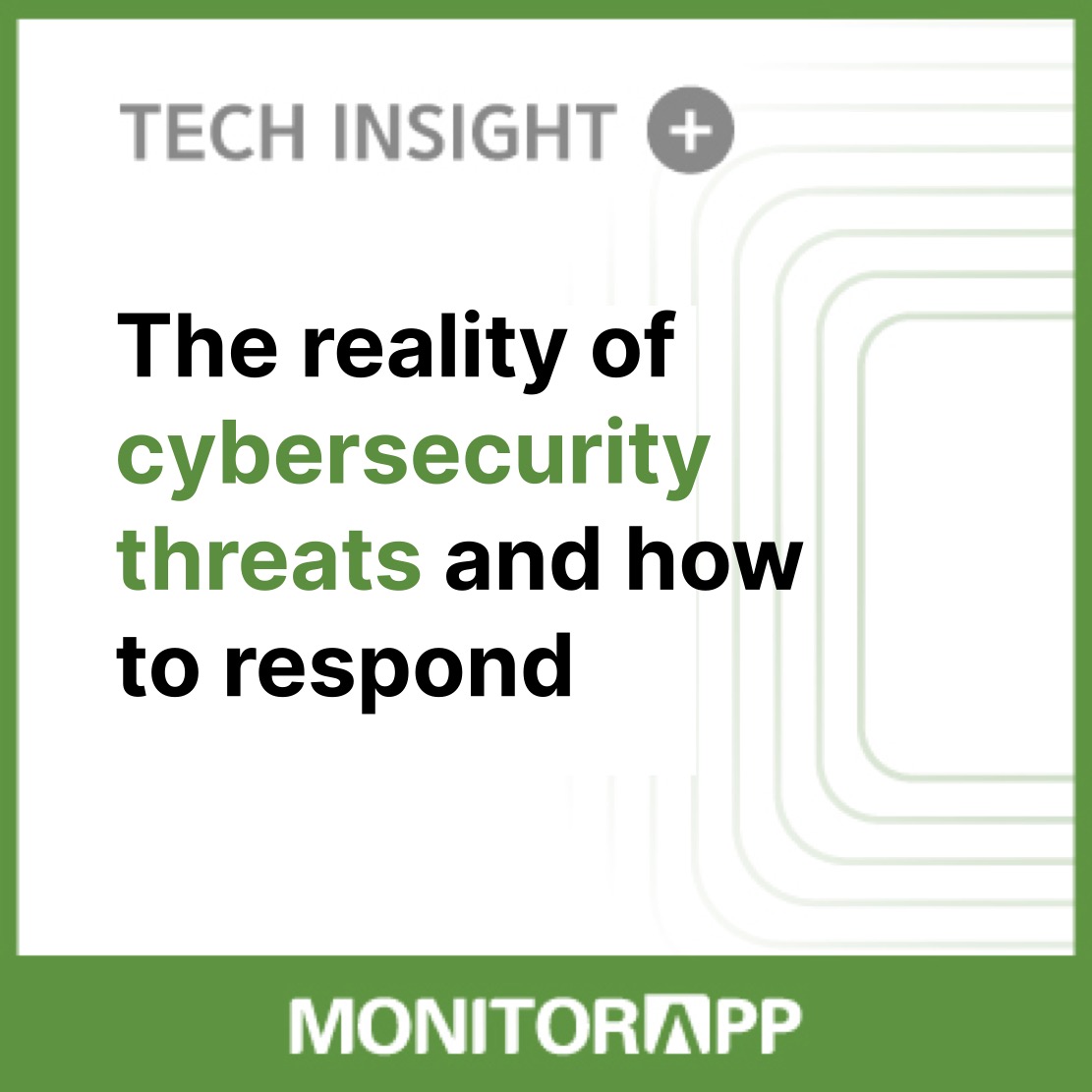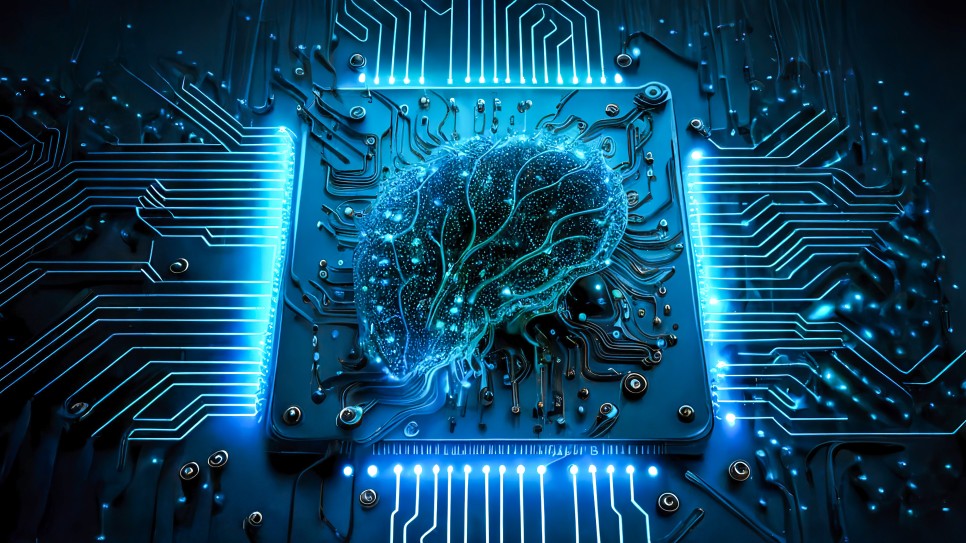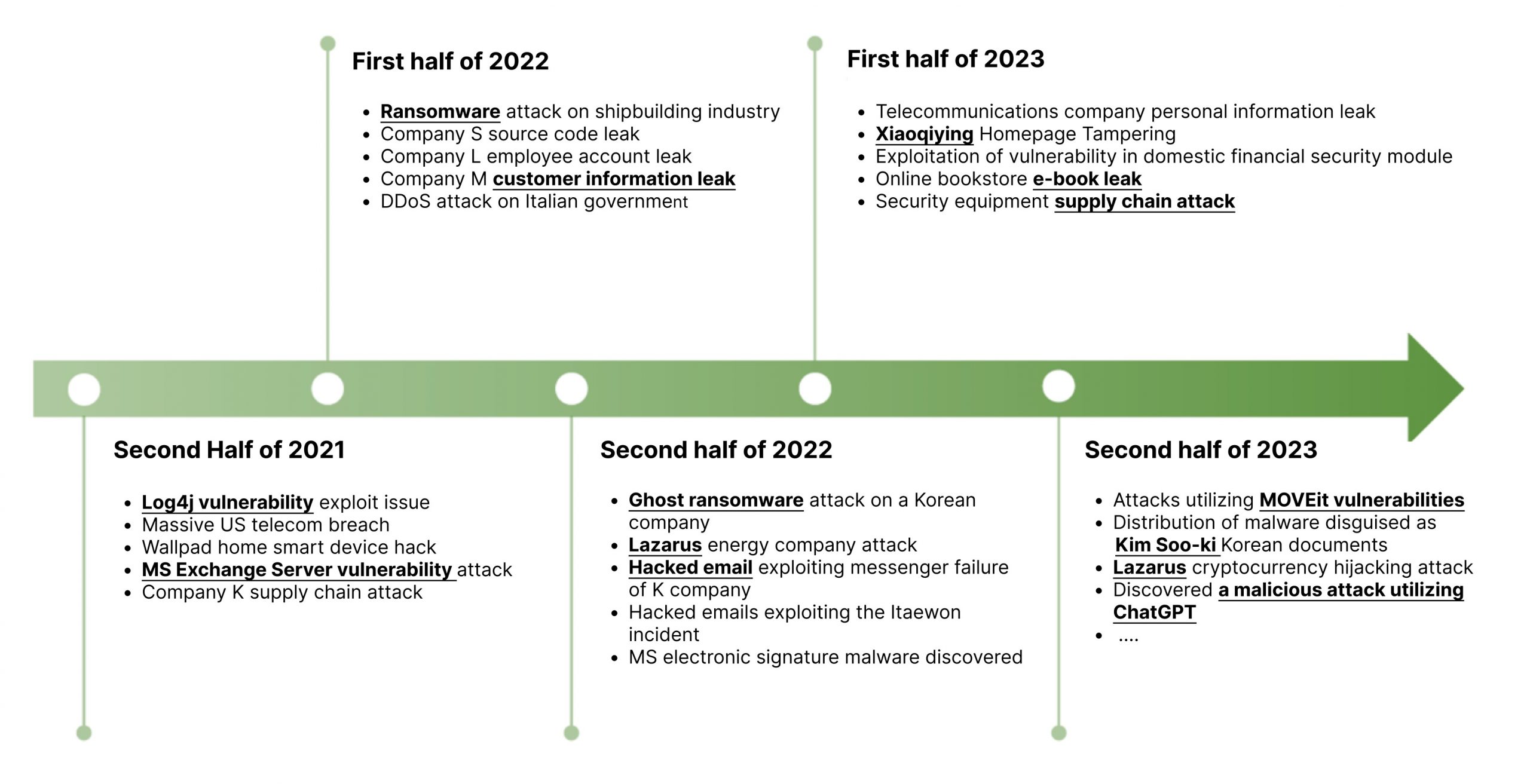
Cybersecurity threats are becoming one of the important issues in modern society.
As technology advances and digitization progresses, various security threats related to this are also increasing.
As a result, responding to cybersecurity threats has become a critical challenge.

Cybersecurity Threat Outlook
Advances in modern technologies such as artificial intelligence, big data, and cloud computing
make our lives and ways of doing business innovative and convenient,

but at the same time, they are providing new attack tools and opportunities for cyber attackers
As a result, cyberattacks are becoming more sophisticated and security threats are on the rise,
and the potential for economic damage and security threats are expected to continue to increase.
In December 2023, the Korea Internet and Security Agency released the 2024 Cybersecurity Threat Forecast report, which states the following

<Cybersecurity Threat Outlook for 2024 (Source: KISA)>
- 1. stealthy and persistent SW supply chain attacks that are often unnoticed.
- 2. Increased likelihood of cybercrime exploiting generative AI
- 3. Increased security threats in OT/ICS and IoT environments
- 4. Cyberthreats exploiting political and social issues
The development of cyberattacks
Cyberattacks are becoming increasingly sophisticated in a variety of ways.
Cyberattacks such as ransomware, zero-day, data breaches, and social engineering phishing remain threatening and powerful.
In addition, new forms of cyberattacks utilizing artificial intelligence are expected to continue to emerge.

"In 2021, the issue of Log4J vulnerability exploitation was a big topic,
and MS Exchange Server vulnerability attacks were also big.
"In 2022, as ransomware attacks continue to rise,
we began to make efforts to stop the damage.
"In 2023, the Chinese hacker group Xiao Qiying launched an attack targeting our country,
and we found cases of creating threat tools using generative AI, including ChatGPT.
Generative AI security threats

Cyber attackers have been known to utilize generative AI to rapidly improve their attack tools.
Generative AIs are filtered to prevent them from generating tools such as malware,
but avoiding them is not too difficult.
It is impossible to generate complete level of malicious code,
but it can be exploited sufficiently by using programs generated by dividing them into various functions.
We are facing the reality that unknown threats created in this new way are being created quickly.
Cybersecurity technology trends
The cybersecurity landscape has accumulated enough time that we can now divide it into eras.

"The First Generation is the era of vaccines.
This was the era of viruses and the advent of antiviruses, when computers became ubiquitous and the viruses that appeared were sufficiently defended against by antiviruses.

"The Second generation is the era of firewalls.
Network attacks occurred, firewalls were born, and malware spread rapidly as the Internet age unfolded.

"The Third generation is the era of IPS.
Attackers started exploiting vulnerabilities in applications, and there was no shortage of application vulnerabilities to feed on.

"The Fourth generation is the era of sandboxes.
Payload-targeted attacks began to occur and the realization that traditional signature defense was not enough began to set in.

"The Fifth generation is the era of threat intelligence.
We've seen large-scale advanced attacks, ransomware, customized and sophisticated malware attacks,
and we've seen a lot of unknown attacks along with deep supply chain attacks.
This has created a need for a unified security infrastructure, real-time threat information sharing, and defense against unknown threats.
Threat intelligence is what makes this possible.

MONITORAPP's Cyber Threat Intelligence Platform 'AILabs'

https://ailabs.monitorapp.com/
'AILabs' is a cyber threat intelligence platform developed and operated by MONITORAPP.
It is an integrated security platform that provides threat intelligence by big dataizing unstructured threat data
collected from feed channels of various roots,
analyzing and refining multi-dimensional threat intelligence
with an advanced engine that includes artificial intelligence.
In the past, it was called AICC, but it has recently changed its name to AILabs
and is showing its evolution through continuous sophistication upgrades.
There have been a lot of changes and developments, not just cosmetic, but also functional,
and there are a lot of new features that we are planning and thinking about for the future.
In our next post, we'll take a deeper dive into what threat intelligence is,
and we'll have more time to talk about AILabs, our cyber threat intelligence platform.
Thank you.


